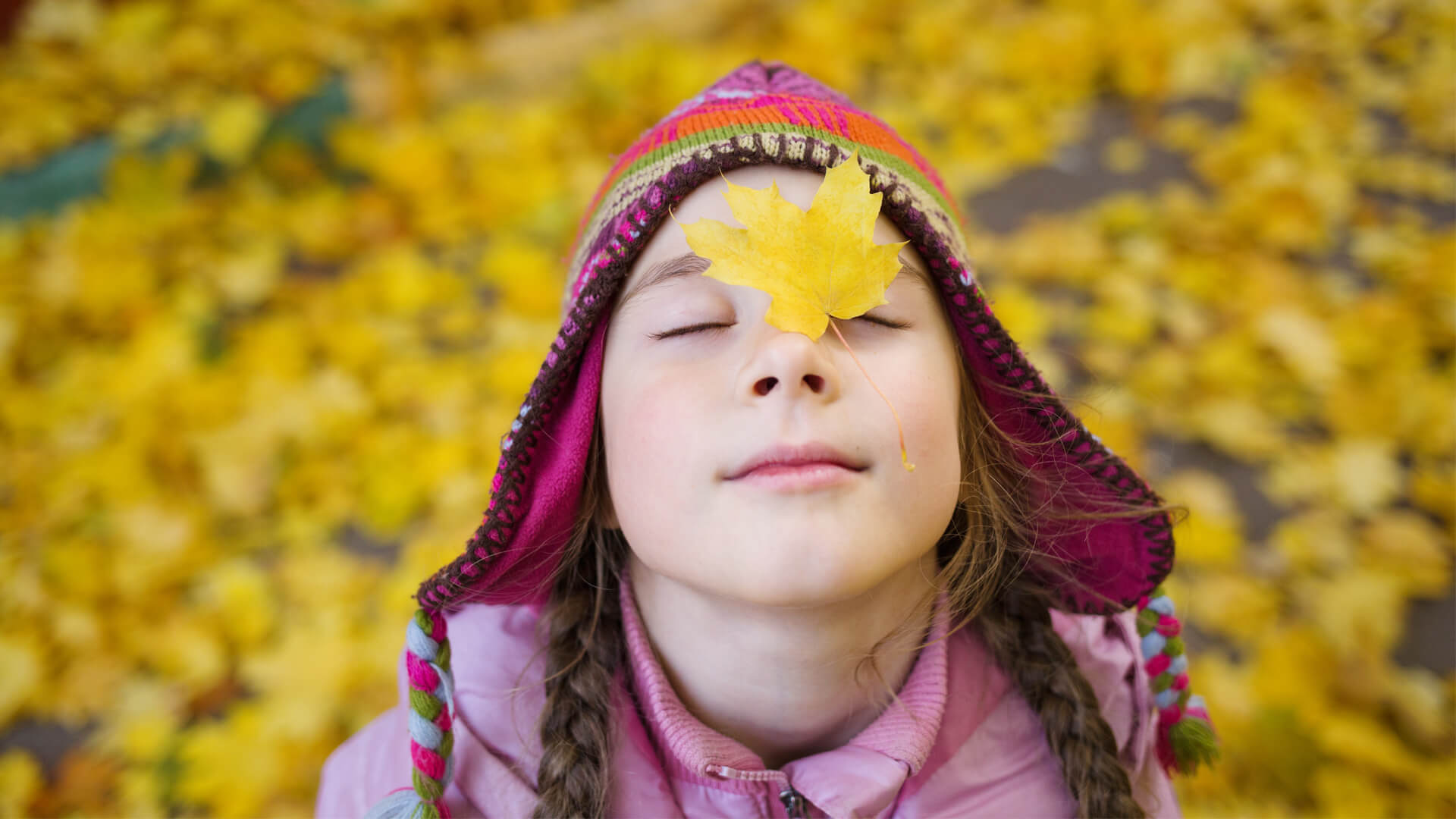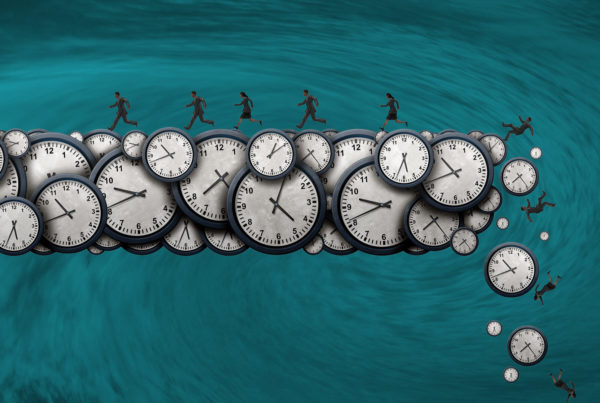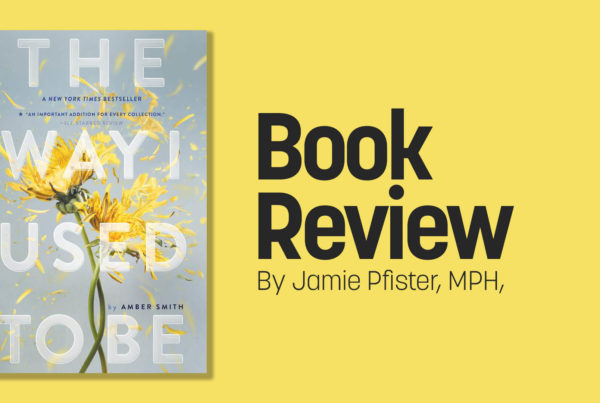The Wildlands Conservancy is a non-profit organization dedicated to protection and conservation of the natural environment of the Lehigh Valley and the Lehigh River watershed in eastern Pennsylvania. A pillar of the Conservancy’s efforts is educating people in this area about the need to preserve its natural resources and the benefits that flow from a community that values a healthy, sustainable environment for future generations.
In the early 2010s the Conservancy launched a science and literacy-based program in local elementary schools, with the goal of improving academic performance among participating classrooms. But as the community began to focus on addressing behavioral health needs of elementary school children, a new opportunity emerged to blend the experience of nature with support for their social and emotional development.
Wild About Learning – from the beginning
“Where do chicken nuggets come from?”
In 2013 a student asked that question while eating lunch at a grade school in Bethlehem, PA. It struck a chord with first-grade teacher Maria Miles, who viewed the question as evidence of a growing disconnect between students and nature. To address the disconnect, Mrs. Miles transformed her classroom into a habitat-themed learning lab and enlisted the environmental education services of Wildlands Conservancy. The strategically designed components of programming and place effectively engaged students while supporting one overarching theme: “Respecting and protecting our ecology is key to our survival as people.”
That experience led Wildlands to develop a science and literacy program called Wild About Learning, earning a “Positive Youth Development” designation under United Way of the Greater Lehigh Valley’s collective impact strategy. The program launched in 2014 with United Way’s support, which enabled Wildlands Conservancy to provide high quality programming to first-grade classrooms in 14 priority schools (including the school attended by the student seeking information on the origin of chicken nuggets). Each one of the 15 lessons used storybooks, live animals, and hands-on activities to inspire student-driven learning. The lessons culminated in a springtime field experience at the Conservancy’s Dorothy Rider Pool Wildlife Sanctuary in Emmaus, PA.
With added support from community-based funders, by 2018 the program had reached more than 1,600 students. It had also been shown to successfully increase scientific knowledge of environmental topics and bolster an enthusiasm for literature, thereby advancing United Way’s objective to have every student reading at grade level by grade 3. This proven success is what made what happened next all the more surprising: when the details of United Way’s 2018-2022 investment plan were released, my team members and I raced to the education section, only to discover that our popular flagship program no longer fit the funder’s parameters for a Positive Youth Development program.
Faced with the possibility of having to shutter the program, we sought for a new way to use the power of connection with nature – and found it under the following education outcome: Improve behavioral health of students exposed to trauma in United Way schools.
Adjusting the focus towards SEL
Among the new strategies adopted by the funders to meet the needs of at-risk students exposed to trauma was encouraging the implementation of programs that stress “Social-Emotional Learning” (SEL). SEL is the process through which children and adults acquire and apply the knowledge, attitudes, and skills necessary to:
- understand and manage emotions;
- set and achieve positive goals;
- feel and show empathy for others;
- establish and maintain positive relationships; and
- make responsible decisions.
In researching SEL, we realized that the approach featured striking parallels with our own organization’s mission and vision. In fact, the core competencies of SEL directly reflected the attributes of a conservationist: A person who recognizes the dynamic relationship between her well-being and the natural world, who demonstrates compassion for living things, who grasps the impact her actions have upon the environment, and who is willing to collaborate with others to effect change.
In addition, we found that numerous studies have shown that daily contact with nature improves a child’s social, psychological, academic and physical health, and such contact buffers the impact of stress and helps the child be better equipped to cope with adversity:
- Children with symptoms of Attention Deficit Hyperactivity Disorder (ADHD) are better able to concentrate after contact with nature (Faber Taylor et al. 2001).
- Children with views of and contact with nature score higher on tests of concentration and self-discipline. (Faber Taylor et al. 2002, Wells 2000).
- Children who play regularly in natural environments show more advanced motor fitness, including coordination, balance and agility, and they are sick less often (Fjortoft 2001, Grahn et al. 1997).
- When children play in natural environments, their play is more diverse with imaginative and creative play that fosters language and collaborative skills (Faber Taylor et al. 1998, Fjortoft 2000, Moore & Wong 1997).
- Exposure to natural environments improves children’s cognitive development by improving their awareness, reasoning and observational skills (Pyle 2002).
- Nature buffers the impact of life stress on children and helps them deal with adversity. The greater the amount of nature exposure, the greater the benefits (Wells 2003).
Armed with this knowledge, we expanded our focus beyond students’ academic success, in order to use environmental education as a tool for promoting social and emotional growth.
Wild About Learning 2.0
The shift in focus triggered a programmatic metamorphosis, as the essential components of Wild About Learning organically lent themselves to SEL-infused content. We realized we could combine things like birding by ear with mindful listening, and meeting an animal that scares you – such as a spider or snake – with an examination of the brain’s freeze-flight-fight response. Marrying environmental literacy to the core components of social-emotional learning made us feel like we are on the cusp of something brand new, yet surprisingly obvious. Why had we not done this before?
In this new version of Wild About Learning, which debuted in the 2018 – 2019 academic school year, we continued to provide a series of in-school lessons, coupled with a 2-hour field experience at Dorothy Rider Pool Wildlife Sanctuary. However, in this version of the program:
- Students utilize the mind-body connection through breath work, mindfulness, and brain science to build self-awareness and self-management skills during sequenced lessons under the guidance of a designated Wildlands educator.
- Read-aloud sessions, book discussions and interactions with live animals increase social awareness and relationship skills.
- Nature-based experiences prompt cooperation and responsible decision-making, reinforced by environmental stewardship opportunities.
Through the approach of Wild About Learning 2.0, we are not only promoting environmental awareness and a culture of conservation, but a series of skills that help students develop into capable and resilient individuals as they grow. Thus we are able to serve our mission of promoting environmental awareness and stewardship, and the goals of the community support groups as they relate to behavioral health.
Wild About … The Future
At this writing, our revamped Wild About Learning program is starting its second year, and we’re evaluating the initial program to see how successful we were in meeting our goals in helping the more than 300 children who went through the program.
A portion of participant feedback recorded through thank-you notes and educator observations has already revealed how acutely aware students were of the immediate benefits they personally gained as a result of participating.
(“Thank you for the S’mores. I had a good time seeing the frogs and the tadpoles.”)
Considering the fact that students are contractually defined as our program’s customers, we view their approval as confirmation we are on the right path, moving forward.
References
Grahn, P., Martensson, F., Llindblad, B., Nilsson, P., & Ekman, A., (1997). UTE pa DAGIS, Stad & Land nr. 93/1991 Sveriges lantbruksuniversitet, Alnarp
Moore, R. & Wong, H. (1997). Natural Learning: Rediscovering Nature’s Way of Teaching. Berkeley, CA: MIG Communications.
Pyle, Robert (2002). Eden in a Vacant Lot: Special Places, Species and Kids in Community of Life. In: Children and Nature: Psychological, Sociocultural and Evolutionary Investigations. Kahn, P.H. and Kellert, S.R. (eds) Cambridge: MIT Press
Taylor, A.F., Wiley, A., Kuo, F.E., & Sullivan, W.C. (1998). Growing up in the inner city: Green spaces as places to grow. Environment and Behavior, 30(1), 3-27
Taylor, A.F., Kuo, F.E. & Sullivan, W.C. (2001). Coping with ADD: The surprising connection to green play settings. Environment & Behavior, 33(1), 54-7
Taylor, A.F., Kuo, F.E. & Sullivan, W.C. (2002). Views of Nature and Self-Discipline: Evidence from Inner City Children, Journal of Environmental Psychology, 22, 49-63
Wells, Nancy M. (2000). At Home with Nature, Effects of “Greenness” on Children’s Cognitive Functioning, Environment and Behavior, 32(6), 775-795
Wells, Nancy M. & Evans, Gary W. (2003). Nearby Nature: A Buffer of Life Stress Among Rural Children. Environment and Behavior, 35(3), 311-330
Fjortoft, I. and J. Sageie (2000). The Natural Environment as a Playground for Children: Landscape Description and Analysis of a Natural Landscape. Landscape and Urban Planning 48(1/2), 83-97
Fjoftoft, Ingunn (2001). The Natural Environment as a Playground for Children: The Impact of Outdoor Play Activities in Pre-Primary School Children. Early Childhood Education Journal 29(2), 111-11






